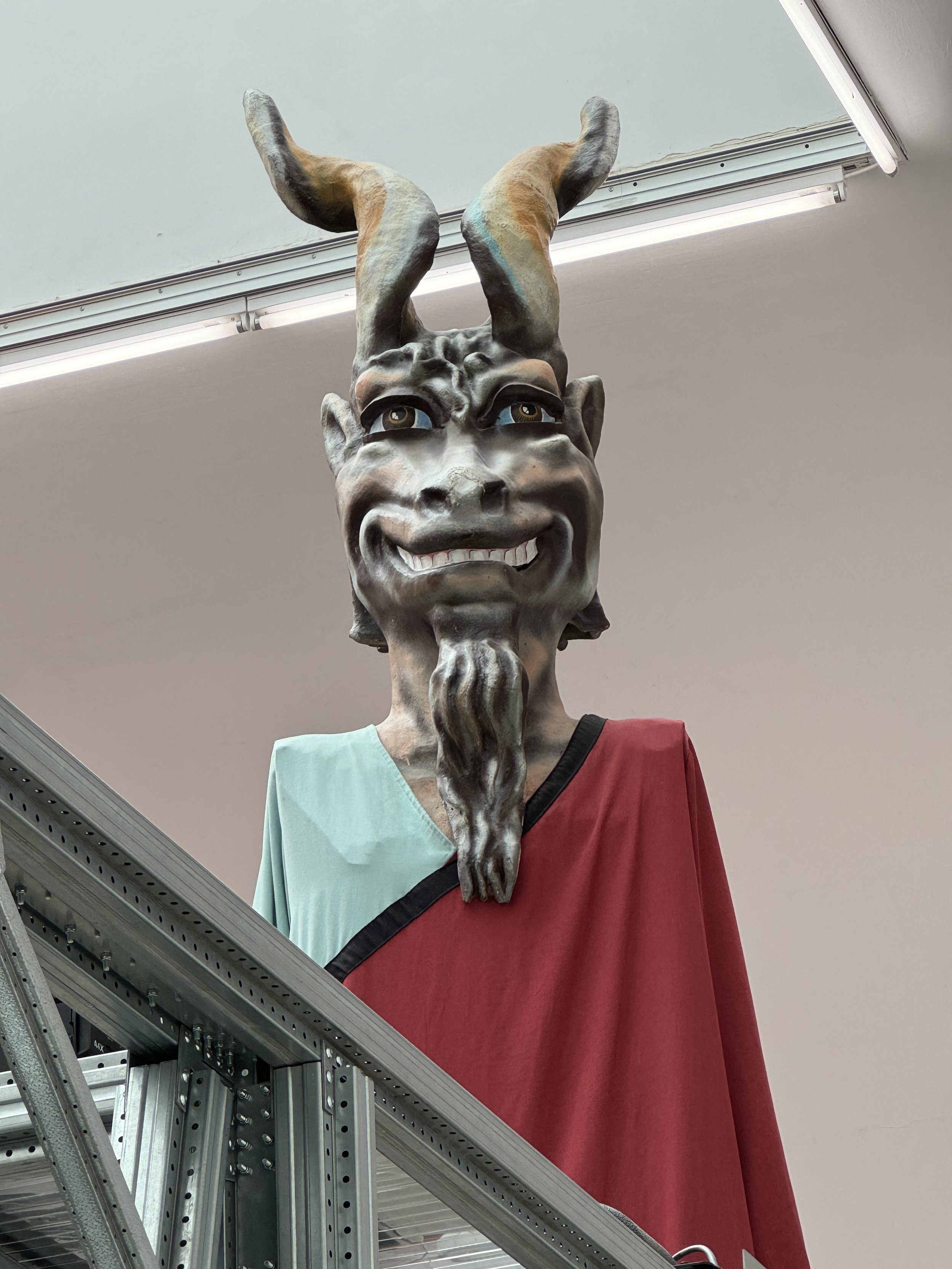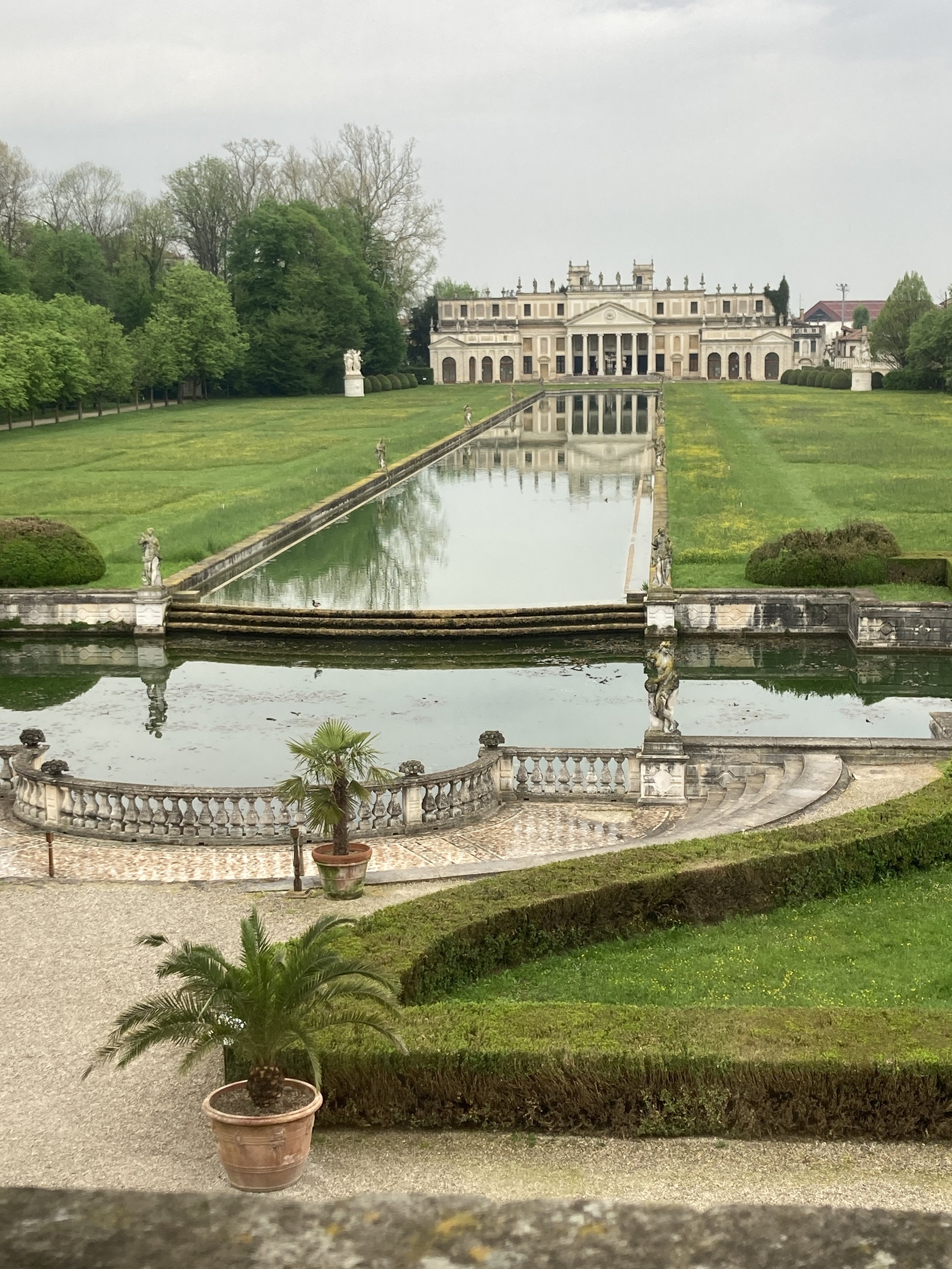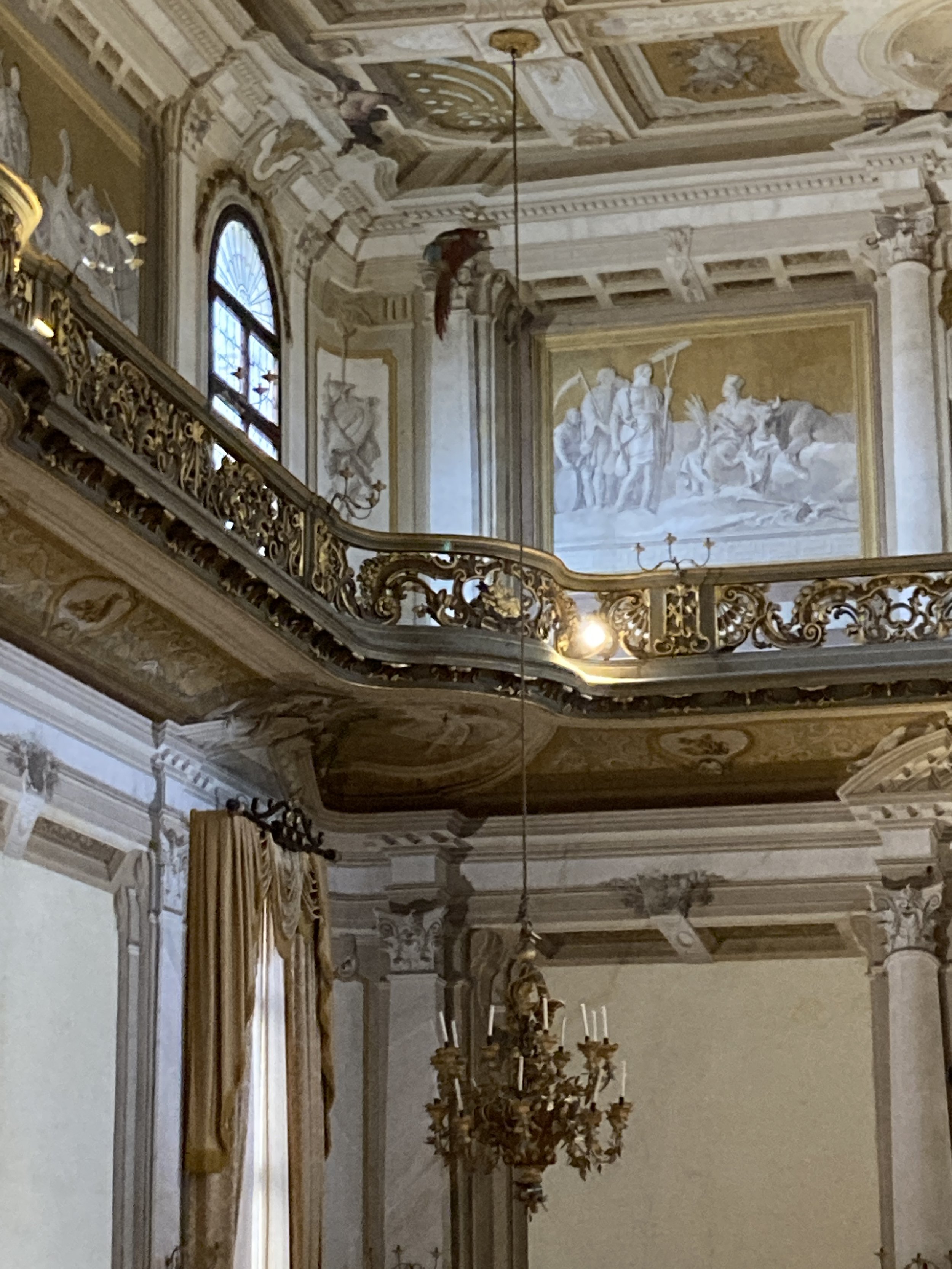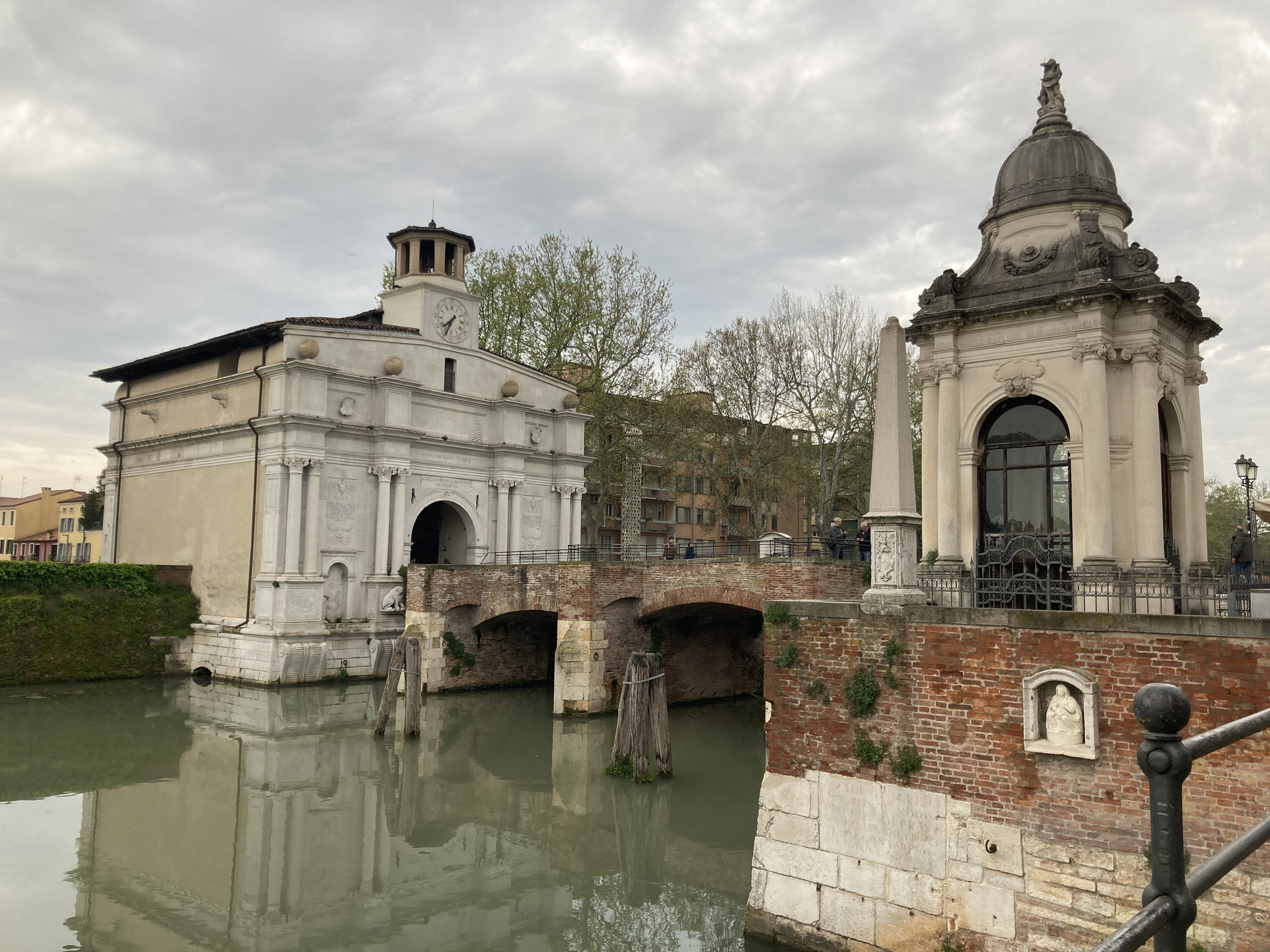Craving Cicchetti
Sometimes, when planning an evening out, someone will ask where I would like to go for dinner. Often a local restaurant (whether I am in Lucca or back in New Mexico) sounds just right. But other times the place I want, the flavors I crave, are far, far away. And nothing else will do. Right now, what I am craving is some really good cicchetti.
The word cicchetti does not have an exact English translation. Not to mention it may be second only to bruschetta as the most mis-pronounced Italian culinary word. Let’s start there – the “ci” in Italian is pronounced like the English ”ch”, and the “ch” in Italian is a hard sound, like an English K. So, pretty much backwards from English. And those double consonants are drawn out. So, for an English speaker, cicchetti is pronounced something like this: chik-KET-tee. Cicchetti. Yum.
A plate of assorted cicchetti from Bacaro Frascoli in Padova. Fried cheese wedges, a tuna croquette, a cheese and caponata crostino, some fried anchovies, and - my favorite - baccalà mantecato .
The closest translation to the word cicchetti would be the Spanish word tapas. Or perhaps small bites or little side dishes. A bruschetta can be a type of cicchetti as can miniature panini. Both cold and hot little dishes can be cicchetti. Put a bunch of these tasty little bites together, add a glass of wine, and you have dinner.
All’Ombra della Piazza in Padova has a wonderful cicchetti bar with a seemingly endless variety from which to choose. No problem going back for seconds!
Bacari, or wine bars, serving cicchetti, are a Venetian tradition. They can be found in wonderful hidden corners of Venice and in some of the nearby towns of the Veneto, such as Padova. Just about 4 hours by train from Lucca, a visit to either place is sure to include a stop for cicchetti at a local bacaro or cantina. It is a sure bet that the atmosphere will be lively, the wines good, and the variety of cicchetti will make it hard to choose.
It is no surprise that, like many Venetian dishes, cicchetti often feature fish. The classic version is a small piece of toasted bread topped with baccalà mantecato, a creamy, whipped salted cod. Mixed with good olive oil, it is a simple but oh so good dish.
Sardines are often on the menu too, fried and in a vinegary dressing or just served fried and hot.
Also classic are polpette, little fried croquettes made of meat or fish. Some versions include potatoes mixed with cheese, meat, or fish.
At Cantina Do Spade there were many types of fried cicchetti to try.
Hot dishes of a couple of spicy shrimp or a single flavorful scallop are on the menu too. Not a fish fan? Well there are also fried olives or crostini topped with assorted ingredients – cheese, caponata, pumpkin, caramelized onions, lardo, salumi. The selections are endless and change over the course of an evening because as fast as they are eaten they are replaced with something new and different!
The cicchetti bar at Cantina Do Spade is tiny (though there is a bigger restaurant in the back). We were fortunate to find 4 seats!
A bacaro is typically small with limited seating or sometimes no seating at all. Head to the bar, pick out an assortment of cicchetti, order a glass of wine and either stand at the bar or head outside to enjoy your dish perched on a bench or a canal wall. If you arrive right when the place opens you just might snag one of the few seats. This was the case at Cantina Do Spade in Venice when some friends and I enjoyed a plate (ok, several plates) of cicchetti and a glass (maybe two) of wine.
I am in Lucca now, far from my favorite cicchetti places in Padova and Venice. I’ll have an aperitivo with friends tonight, but the little bowls of peanuts and potato chips they’ll serve will leave me longing for a good bacaro and some of my favorite varieties of cicchetti. Time to plan a couple of days in the Veneto!
A selection of cicchetti at All’Ombra della Piazza in Padova. Most of their selections on the night we visited were crostini topped with cheese plus a variety of toppings. It was impossible to choose a favorite.
Cantina Do Spade S. Polo 859 Venezia
All’Ombra della Piazza Via Pietro d’Abano 16. Padova
Frascoli Bacaro / Cicchetterai Veneziana. Via del Santo 93. Padova




















































































